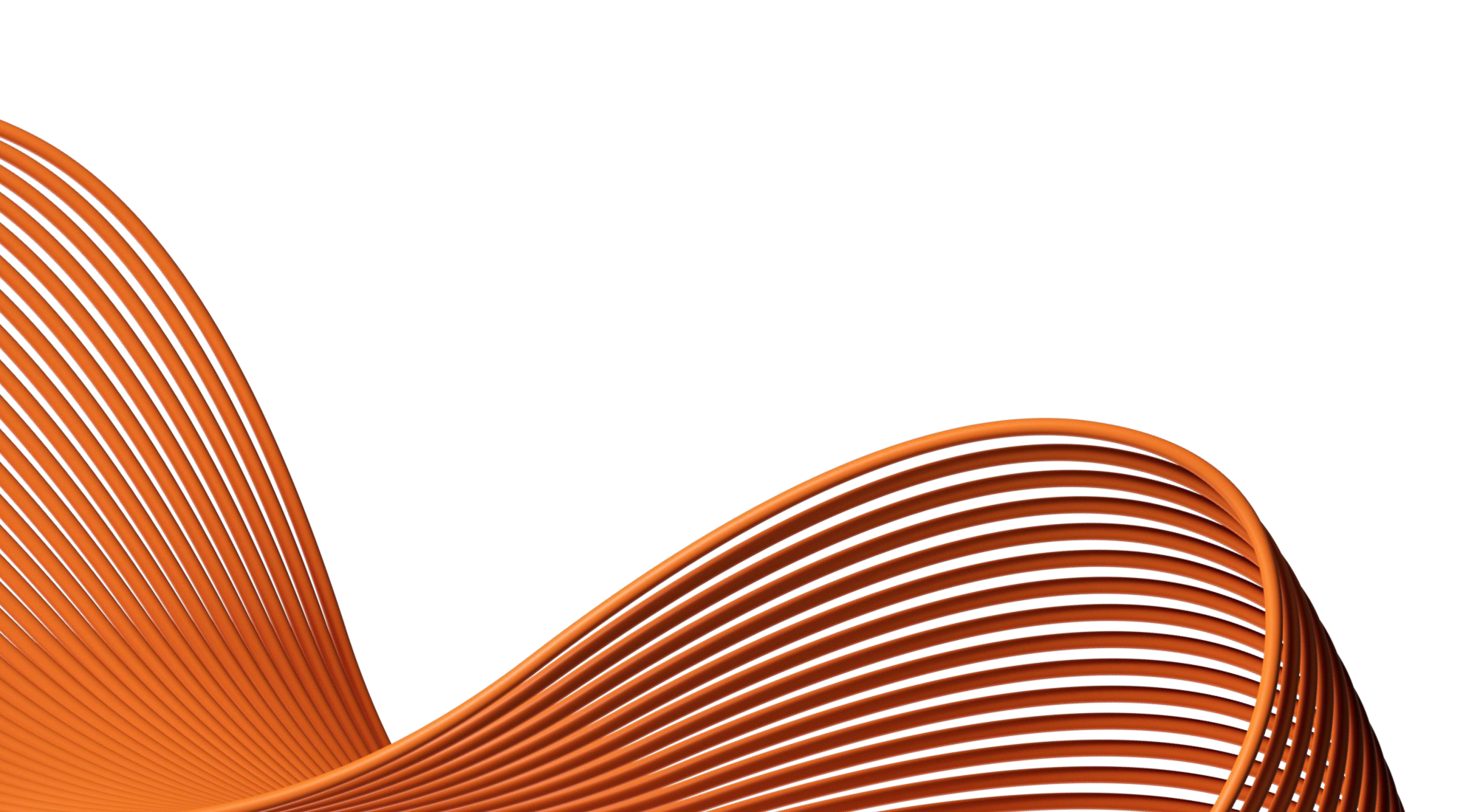- Our Products
- Upper Extremity
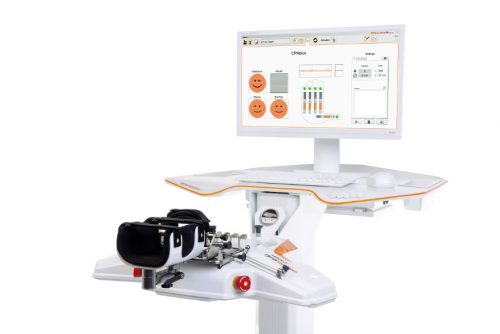 Amadeo Finger-Hand-Rehabilitation
Amadeo Finger-Hand-Rehabilitation
Amadeo is giving hands back their grip and fingers their finesse. Patients who are barely able or unable to grasp can perform hundreds of robot-assisted grasping movements. It won’t train a new Mozart. But it will help patients return to the piano, handwriting Christmas cards, and grabbing life firmly by the horns.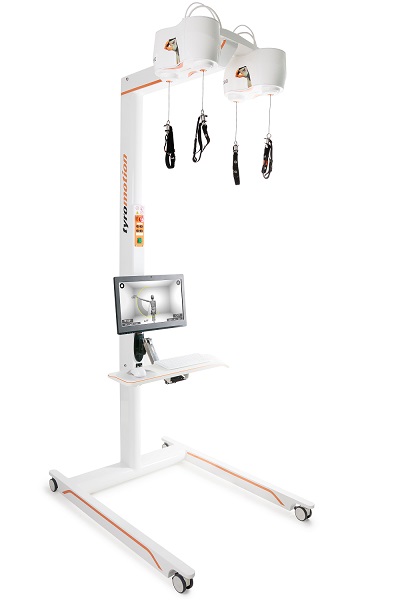 DiegoShoulder-Arm-Rehabiliation
DiegoShoulder-Arm-Rehabiliation
Diego is designed to strengthen what’s important. Whether proximal or distal training, Diego purposefully supports the rehabilitation of natural motion, allows the handling of everyday objects to be relearned, and is usable by adults and children alike.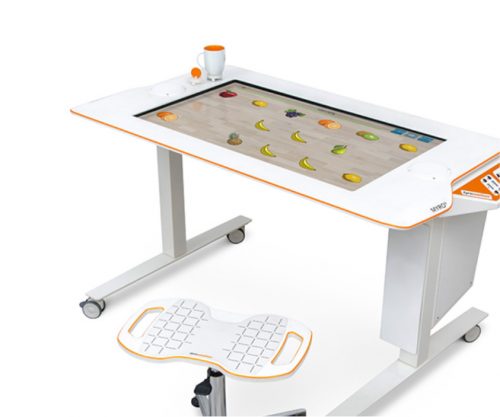 Myro Interactive and task-specific therapy
Myro Interactive and task-specific therapy
Myro is made for making humans get better! The sensor-based surface enables task-oriented rehabilitation with real objects, trains the patient’s cognitive abilities, and improves motor abilities of the upper extremity.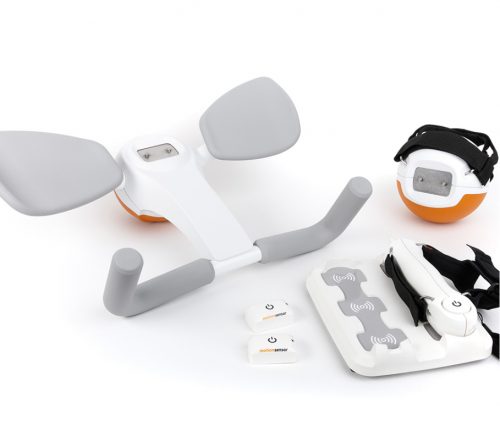 Pablo Upper Extremity Rehabilitation
Pablo Upper Extremity Rehabilitation
As a multifunctional rehabilitation device with comprehensive accessories, Pablo enhances classical therapy exercises with biofeedback, objective assessments, and gamification. It won´t train the next Picasso. But it will help patients to take back control of their lives.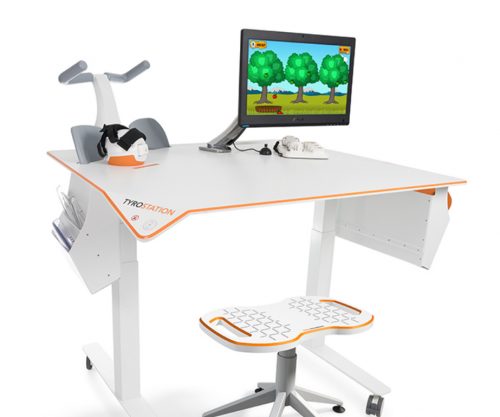 Tyrostation The perfect therapy setting
Tyrostation The perfect therapy setting
The Tyrostation is home to all components of Pablo and Tymo and provides ergonomic adaptability for patients. Sometimes, it´s about the little things in life – or therapy.
- Lower Extremity
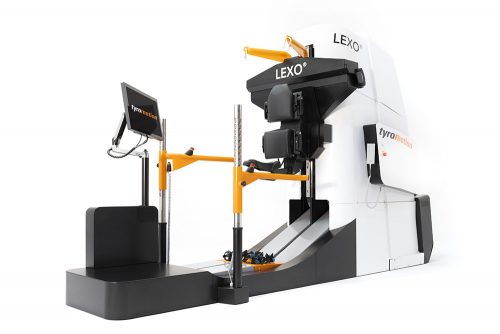 LexoGait and Locomotion
LexoGait and Locomotion
Lexo is a revolutionary gait trainer and impresses with fast setup, high patient activity and optimal trunk support. It encourages active participation and enables therapists to focus fully on their patients.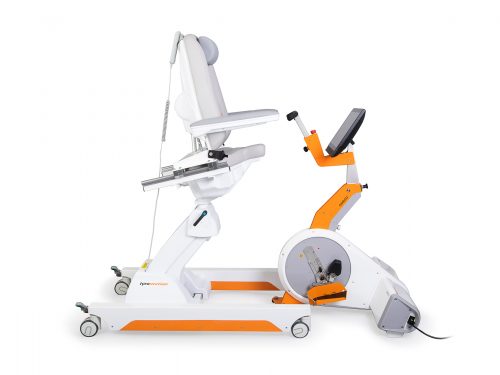 Omego Plus Gait training for the goals across all phases
Omego Plus Gait training for the goals across all phases
More than just a therapy bike! Omego Plus combines uni- and bilateral leg training, leg press, stepper, cycling & foot lift training in one device. Stride stronger with Omego Plus!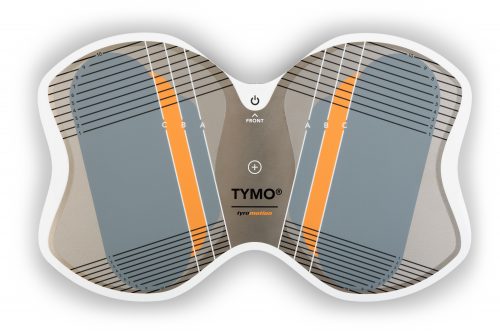 Tymo Balance training and postural control
Tymo Balance training and postural control
Small but powerful! Tymo is a versatile measurement and therapy system for the whole body. In addition to the standing position, Tymo offers a wide range of options for maximum variety during therapy.
- MTT-Line
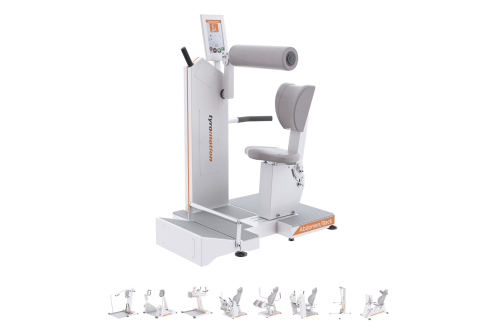 MTT-LineMedical training therapy
MTT-LineMedical training therapy
Get back in the game with the MTT-Line! The Medical Training Therapy devices are specifically designed to strengthen the six major muscle groups of the human body. Barrier free and maximum adjustability make the devices accessible for all types of patients.
- Software
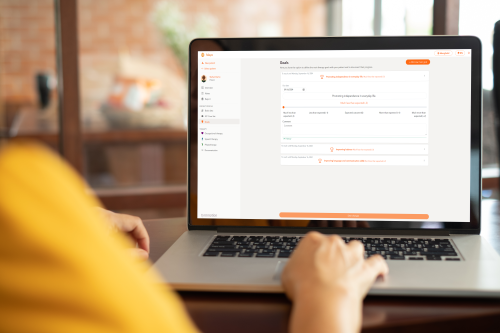 Maya Therapy Platform
Maya Therapy Platform
Maya reduces paperwork, standardizes documentation, and automates reporting, making administration effortless and efficient. Designed for therapists to work wonders!
- Upper Extremity
Rehabilitation
Advanced Rehabilitation Technology offers Hope to pediatric Patients
28. February 2022 ● 5 min. Reading time
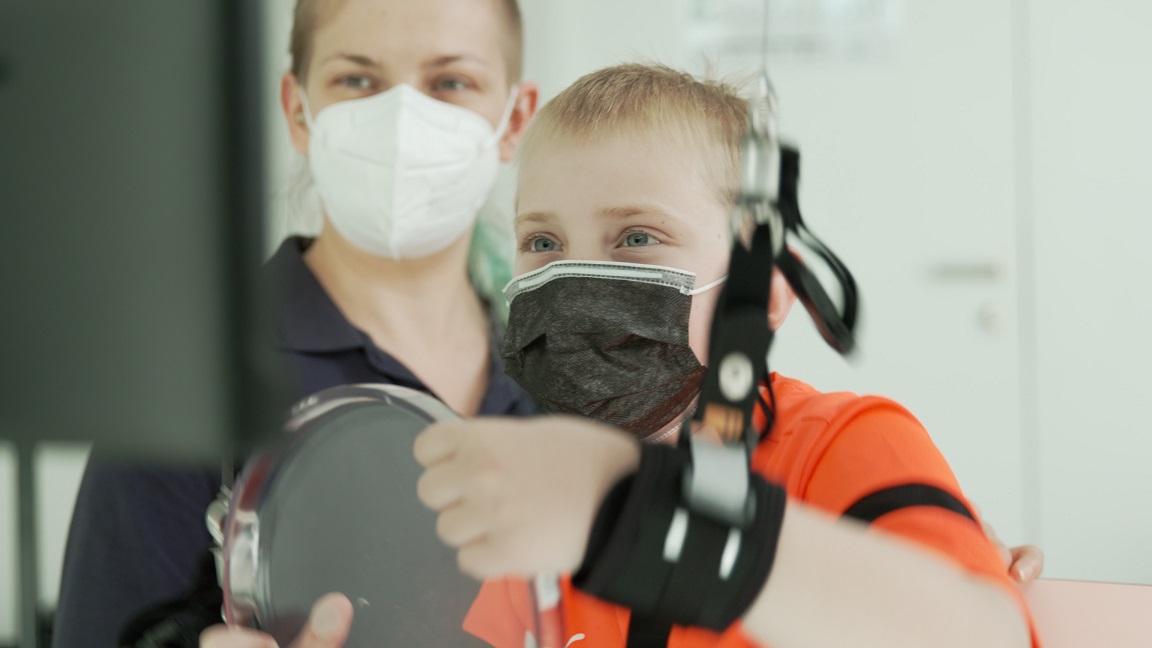
Benefits of advanced rehabilitation technology include:
- High dose repetitions: Rewiring brain to create new neural connections is possible, thanks to neuroplasticity. By circumventing the damaged areas, patients can develop alternative neuropathways that can make correct movement easier. Therapy using advanced rehabilitation technology provides the high dose repetitions pediatric patients need to strengthen those pathways.
- Makes therapy fun: With interactive games and virtual reality, advanced rehabilitation therapy devices can hold a child’s attention. Instead of repeating monotonous movements, children have fun during therapy. Patients race a car, shoot balloons or harvest apples and still make progress in therapy. The movement may be the same, but the child will consider it a time of play.
- Real-time feedback: Advanced rehabilitation therapy devices provide real-time feedback. This can help therapists to determine when to increase the difficulty of their exercises and challenge the child to do more. Additionally, children are eager to beat themselves from session to session.
Advances and benefits of technology-based therapeutic devices allow pediatric patients with cerebral palsy, stroke, or spinal cord injury, to make great progress during rehabilitation.
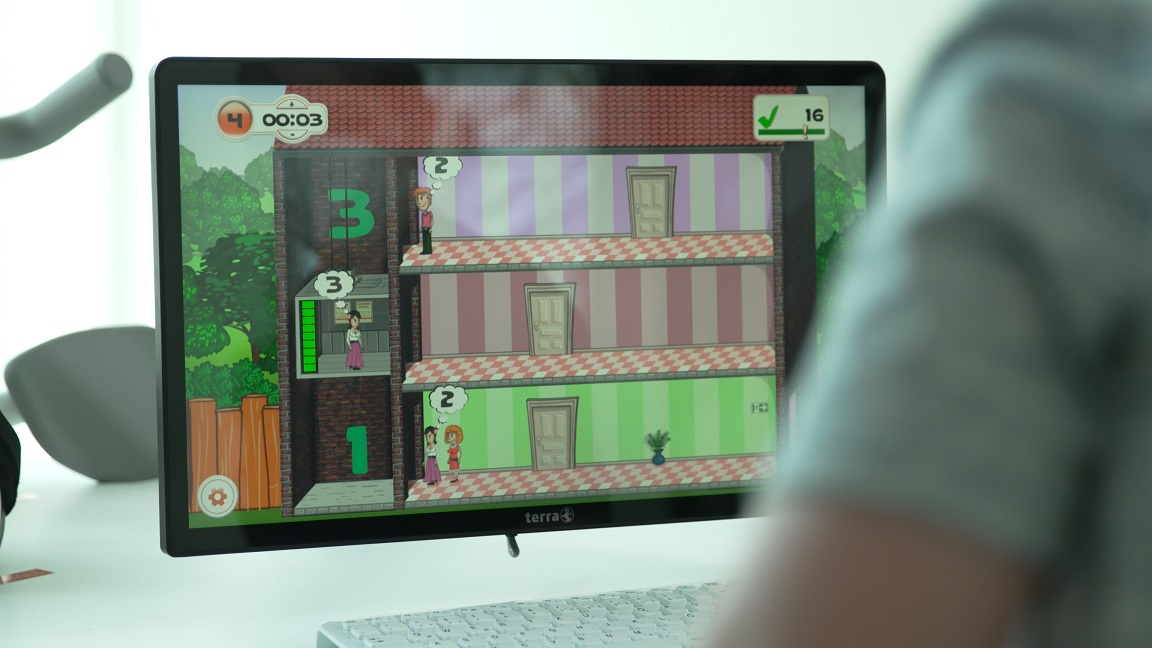
Helping Cerebral Palsy Patients with ADLs
One of the most common pediatric motor disabilities, cerebral palsy (CP), causes patients to struggle with activities of daily living (ADL). Walking, eating, or dressing can be problematic.
Whether from prematurity, low birth weight, or in-utero stroke, CP almost always requires a child to undergo years of neurological rehabilitation.
The goal of therapy is to allow children to participate in family, community, and educational environment as much as possible.
Cerebral palsy can limit upper extremity control and cause Ataxia (lack of muscle control or coordination). The limitations that come with the inability to control arms, hands, or fingers can complicate ADLs. Some children with CP also struggle to synchronize small muscles and perform tasks such as holding a key or grasping a handle.
The more a child practices, the better he or she will get. This is also true for fine motor skills. Advanced rehabilitation devices make it for children easier to stick to monotonous tasks.
Myro includes real-life objects and offers the possibility to train press-, pull- and rotation-movements as well as cognitive abilities. While playing, children expand their range of motion (ROM), motor function, and strength. These movements also help stimulate the brain and reinforce new neuropathways.
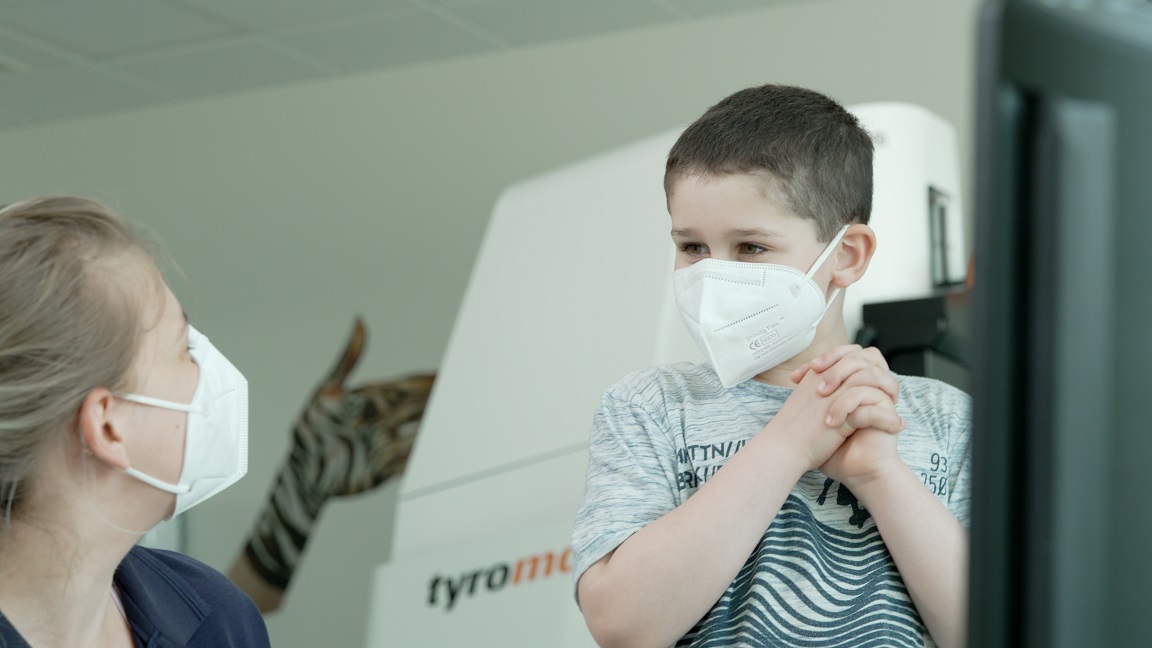
Children with CP may also have trouble maintaining balance, posture, and coordination. Many require gait therapy to improve postural control, loading symmetry, and weight shifting while limiting compensation. Sensory devices like Tymo and robotic gait trainer like Lexo provide children support during gait therapy.
Especially in the therapy with children, motivation is crucial. The playful approach, fostered by advanced rehabilitation devices, help to keep motivation level high during therapy.
Benefits to pediatric Stroke Patients
Pediatric stroke is relatively rare – affecting approximately 25 out of every 100,000 newborns and 12 out of every 100,000 children under 18 years of age. Pediatric stroke survivors face many challenges, including hemiplegia or hemiparesis, epilepsy, or cognitive difficulties.
As these children develop and grow, physical and occupational therapies play a crucial role in expanding the limits of what the child will be able to do.
For patients with hemiplegia or hemiparesis, robotic therapy has proven effective for hand rehabilitation. A study that measured the success of robotic therapy in children with hemiparesis found “significant improvements in bimanual hand use, as well as impairment-based scales.” The participants were able to transition these skills into real-life play. This type of finding can provide hope to children with a more severe form of hemiplegia.
Providing Hope to pediatric Spinal Cord Injury Patients
Spinal cord injuries affect approximately 2 out of every 100,000 children. Diving into a shallow pool, sustaining a sports injury, or being involved in a car accident are the top three causes of pediatric spinal cord injury.
Unfortunately, these accidents cause potentially permanent impairments. A spinal cord injury leaves a patient needing to relearn the actions and movements that once seemed so natural. For a child or teen, this new disability can be devastating.
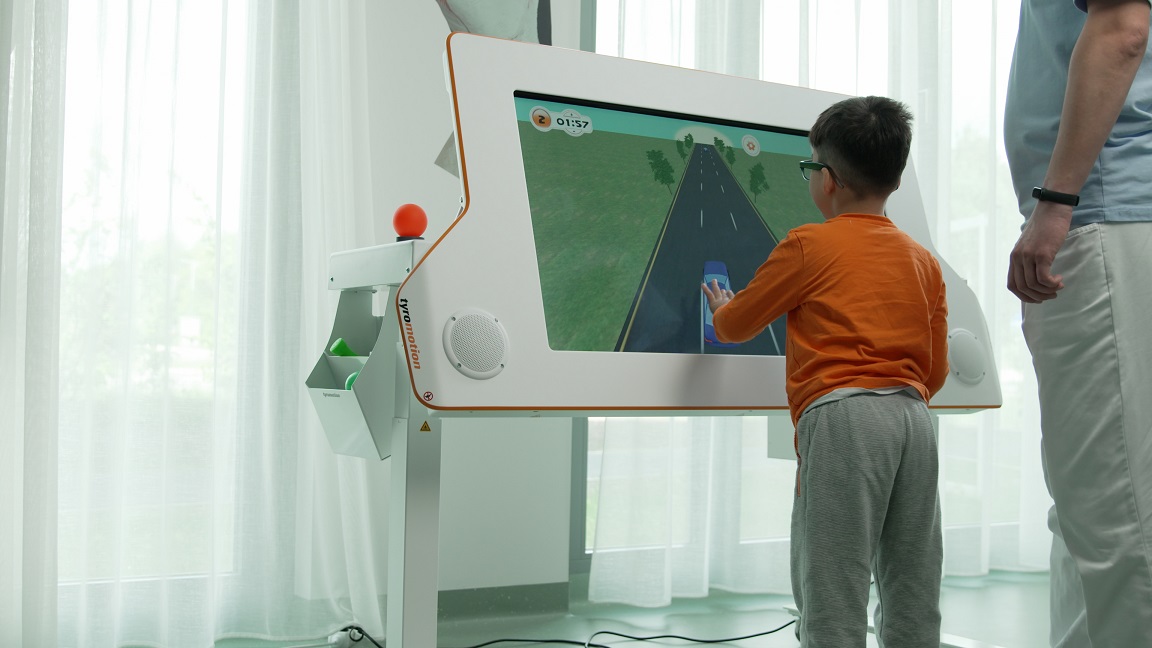
Advanced rehabilitation therapy can help. It can stop further atrophy or stiffening of muscles, depending on the location and severity of the injury. In addition, children can adapt to do things differently. Compensation strategies or re-learning of specific motor skills through neuroplastic change can help.
Interactive devices address visual, cognitive, and motor ability weakness through gaming. While children have fun, they are simultaneously participating in active rehabilitation and increasing the chance to make improvements.
The Role of Fun in pediatric Rehabilitation
Modern therapy devices allow children to train in a playful way. Therapy programs look and feel a lot like computer or console games. All of a sudden, therapy isn´t that frightening anymore. These devices prove that fun and monotonous therapy tasks can be combined.
Modern rehabilitation devices encourage a children’s natural play instincts. They practice necessary movements and have fun in therapy. Motivation increases. The children want to get better and better. Beating their own high score becomes the goal. The improvements children may see after physical or occupational therapy can instill a sense of self-confidence and foster independence.
The next few years will bring further progress in the rehabilitation of children and adolescents. This gives hope to young patients and parents.
You might also be interested in
4. April 2023
Health
Rehabilitation
Stroke nutrition guidelines for optimal health
Nutrition as the key part in health and well-being of stroke survivors A healthy, balanced …
21. March 2023
Rehabilitation
Kinesio taping in neurology as a useful therapy supplement
The Kinesio tape and its usefulness in neurological therapy What was originally known only from …
7. March 2023
Rehabilitation
Exercises against freezing of gait in Parkinson’s disease
When the legs freeze – how does the symptom “Freezing of Gait” manifest itself? Parkinson’s …



 Contact
Contact 

 Contact
Contact 